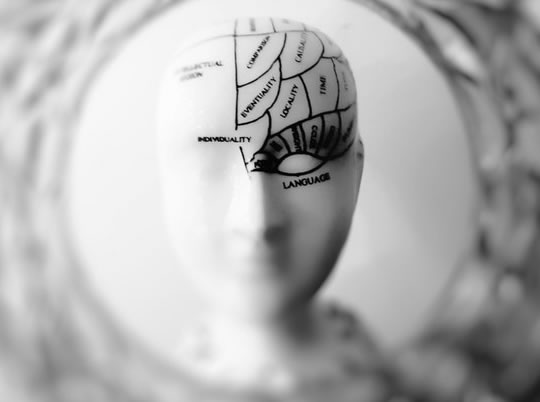The dorsolateral prefrontal cortex is involved in planning, reasoning and decision-making.
Improving general cognitive functioning could help to reduce anxiety, new research suggests.
This area is highly involved in planning, reasoning and decision-making.
Increasing brain activity in areas related to thinking and problem solving is linked to reduced anxiety, the study found.
People at risk for anxiety were less likely to develop the disorder when they had more activity in brain areas related to complex mental operations.
Memory and brain training, along with psychological therapies could all help to boost activity in critical areas.
Professor Ahmad Hariri, who led the study, said:
“These findings help reinforce a strategy whereby individuals may be able to improve their emotional functioning — their mood, their anxiety, their experience of depression — not only by directly addressing those phenomena, but also by indirectly improving their general cognitive functioning.”
The study focused on an area of the brain called the dorsolateral prefrontal cortex.
This area is highly involved in planning, reasoning and decision-making.
The dorsolateral prefrontal cortex also plays an important role in the emotions.
Professor Hariri said:
“We wanted to address an area of understanding mental illness that has been neglected, and that is the flip side of risk.
We are looking for variables that actually confer resiliency and protect individuals from developing problems.”
For the study 120 people were scanned while carrying out tasks designed to activate specific parts of their brains.
Professor Hariri explained the results:
“We found that if you have a higher functioning dorsolateral prefrontal cortex, the imbalance in these deeper brain structures is not expressed as changes in mood or anxiety.”
Mr Matthew Scult, the study’s first author, said:
“We are hoping to help improve current mental health treatments by first predicting who is most at-risk so that we can intervene earlier, and second, by using these types of approaches to determine who might benefit from a given therapy.”
The study was published in the journal Cerebral Cortex (Scult et al., 2017).

